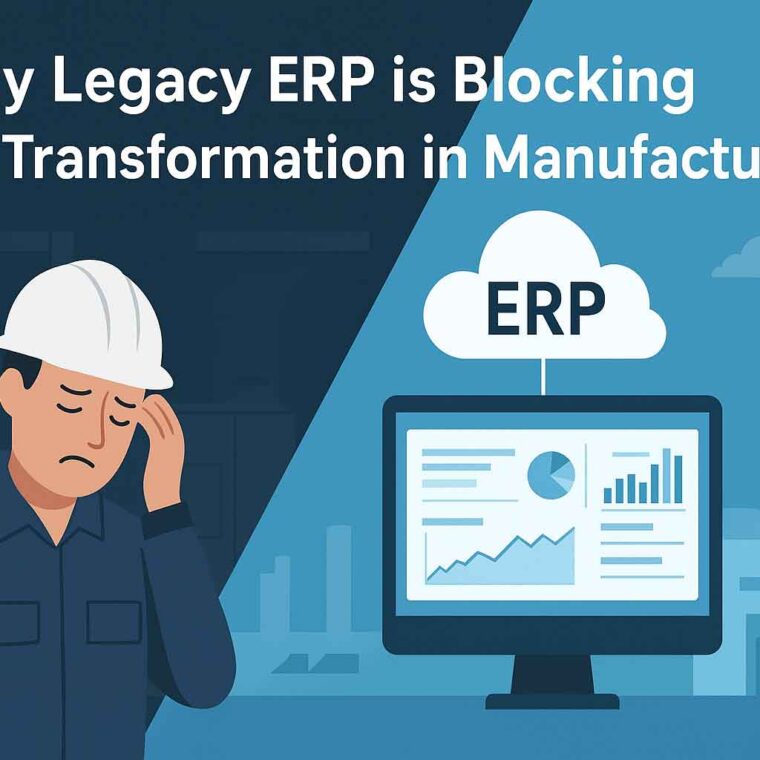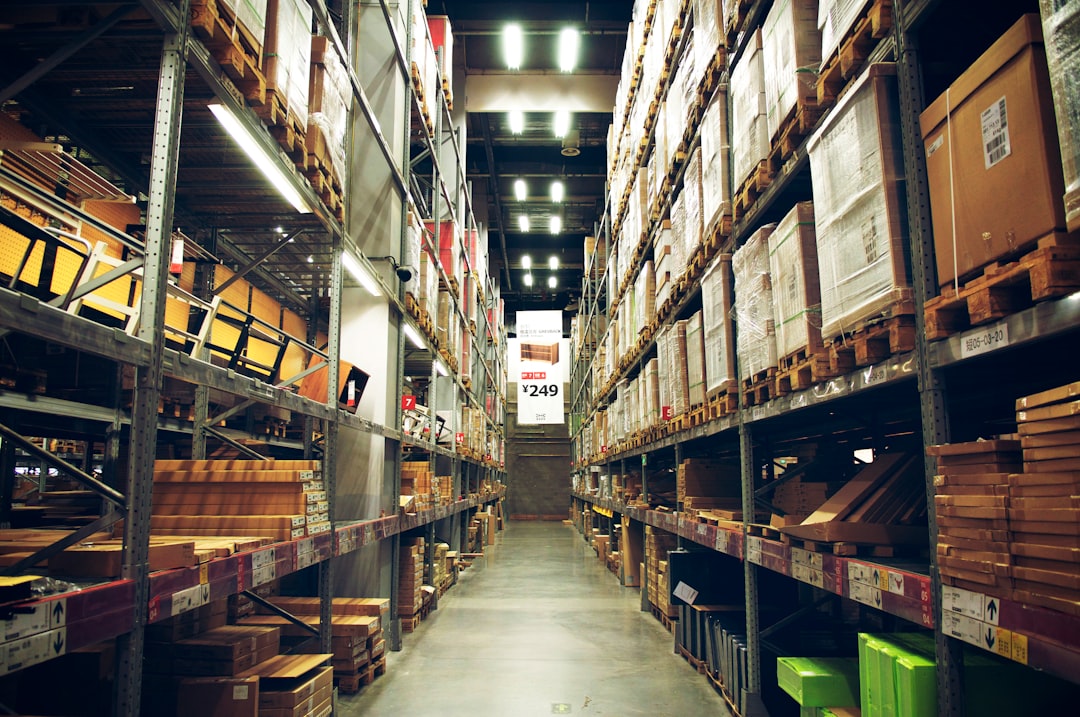In today’s fast-paced manufacturing landscape, staying competitive means more than just meeting production targets—it requires agility, data-driven decision-making, and seamless collaboration across your value chain. Yet, many manufacturers are held back by one common barrier: legacy ERP systems.
🎥 Watch: How Axolt ERP Transforms Manufacturing
1. Siloed Data and Limited Visibility
Legacy ERP systems weren’t built for real-time, integrated data flows.
- The problem: Data is scattered across departments, making it hard to get a single source of truth.
- Impact: Delays in decision-making, inaccurate forecasting, and missed opportunities.
- Modern need: Centralized, cloud-based systems that connect production, supply chain, and finance in real time.
2. Inflexibility in Adapting to Change
Manufacturers today face constant change—new customer demands, supply chain disruptions, regulatory requirements.
- The problem: Legacy ERPs require costly, time-consuming customization for even small process changes.
- Impact: Slow responses to market shifts, higher operational risk.
- Modern need: Configurable platforms that adapt quickly without heavy coding or downtime.
3. Lack of Advanced Analytics
In the age of Industry 4.0, data is only valuable if you can analyze and act on it instantly.
- The problem: Many legacy systems lack built-in analytics, predictive tools, or AI capabilities.
- Impact: Manufacturers rely on spreadsheets and manual reports, missing predictive insights that could optimize production.
- Modern need: Integrated analytics for demand forecasting, predictive maintenance, and resource optimization.
4. Limited Connectivity and Integration
Smart factories depend on connecting machines, IoT devices, suppliers, and customers into one ecosystem.
- The problem: Legacy ERPs often can’t integrate smoothly with modern technologies or APIs.
- Impact: Disconnected workflows, duplication of effort, and poor collaboration.
- Modern need: ERP platforms designed for seamless integration with IoT, MES, CRM, and e-commerce systems.
5. High Maintenance Costs
Older systems often run on outdated infrastructure and require specialized skills to maintain.
- The problem: Maintenance costs keep rising, and talent to manage older systems is harder to find.
- Impact: More budget spent on keeping the lights on instead of innovating.
- Modern need: Cloud-based ERP with lower ownership costs and continuous updates.
The Path Forward: Cloud-First, Future-Ready ERP
To truly embrace digital transformation in manufacturing, ERP must be an enabler, not a barrier.
Modern ERP platforms—like Axolt built on Salesforce—offer:
- Real-time, integrated data access.
- Rapid adaptability without heavy coding.
- Advanced analytics and AI-driven insights.
- Seamless integration with modern manufacturing systems.
- Reduced maintenance costs with cloud deployment.
Conclusion
Legacy ERP might have been the backbone of your manufacturing operations in the past, but in the era of digital transformation, it’s becoming a bottleneck. The future belongs to agile, connected, and intelligent ERP solutions that empower manufacturers to innovate, respond, and grow.
📅 Is your ERP holding you back?
Explore how Axolt can accelerate your manufacturing transformation.
Schedule a demo








